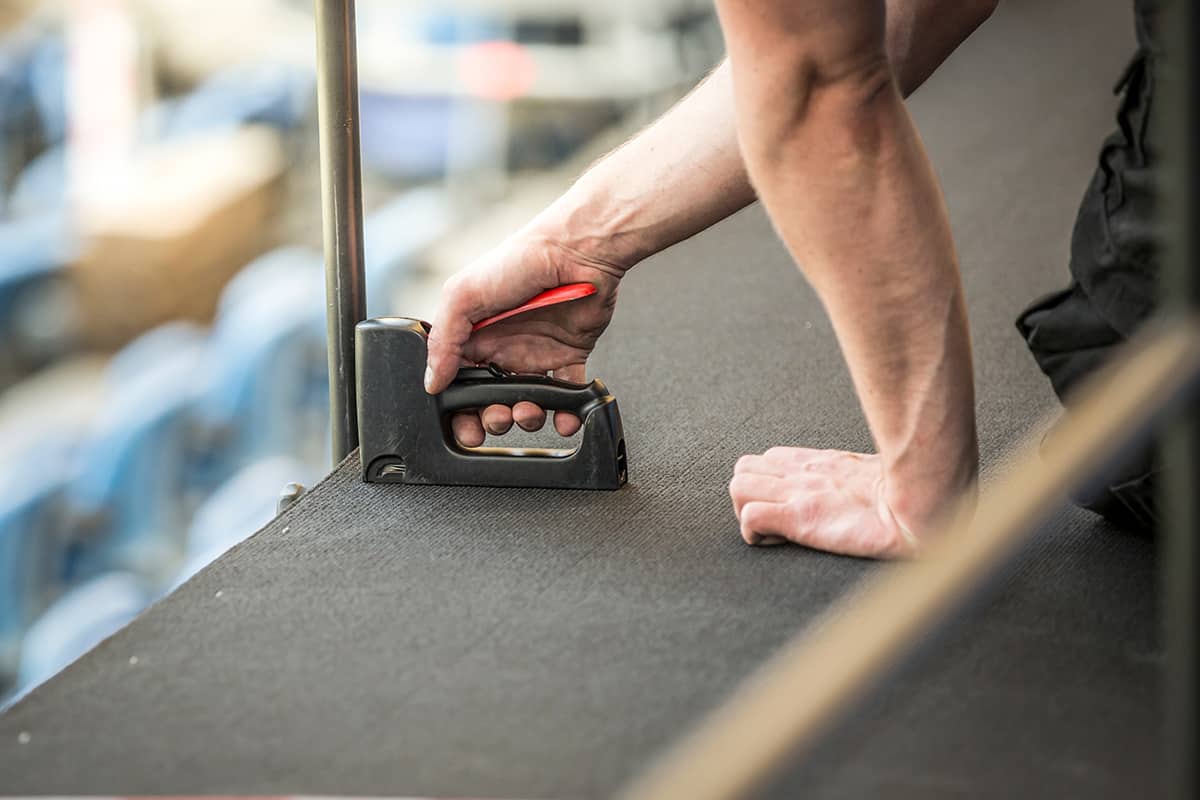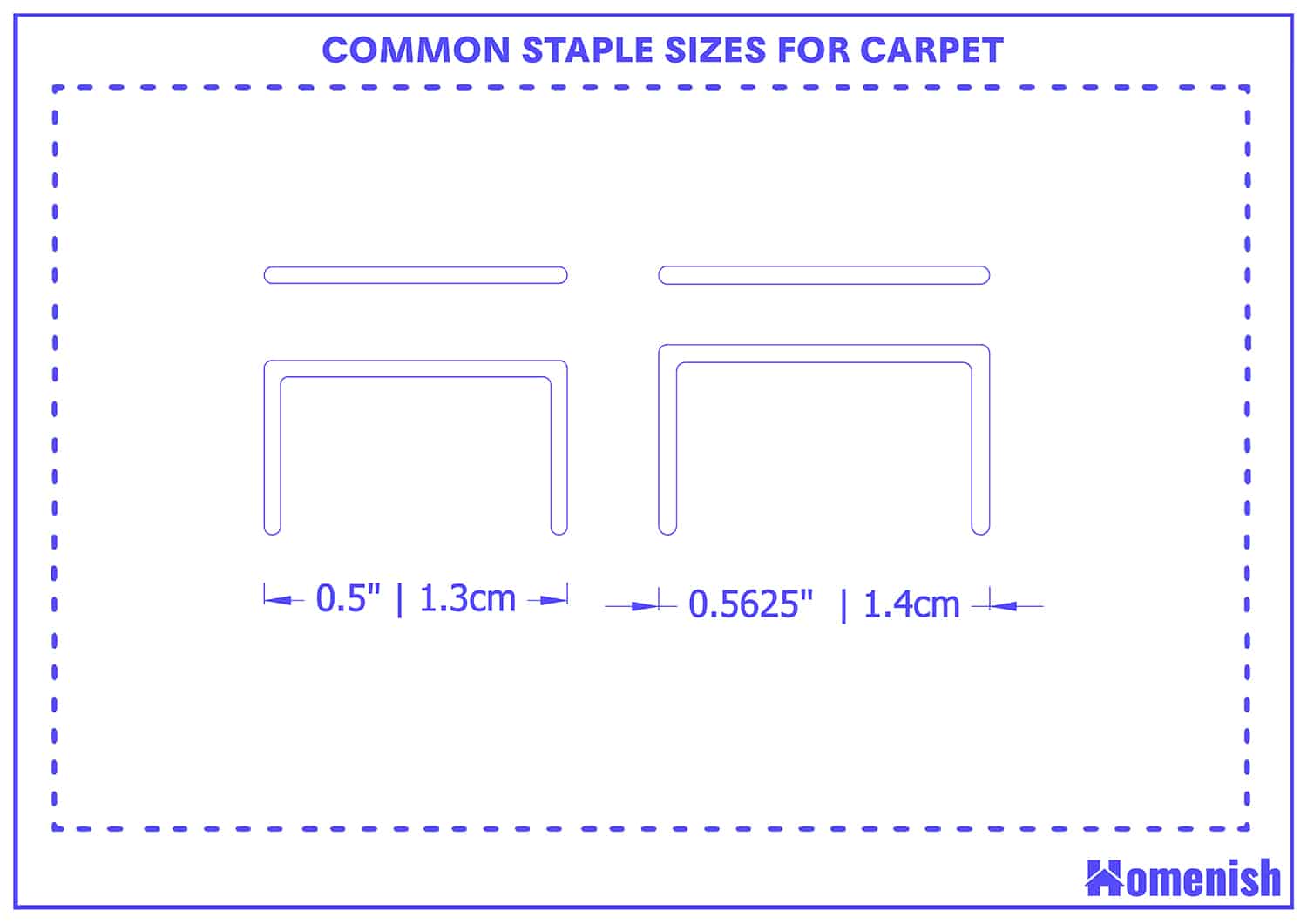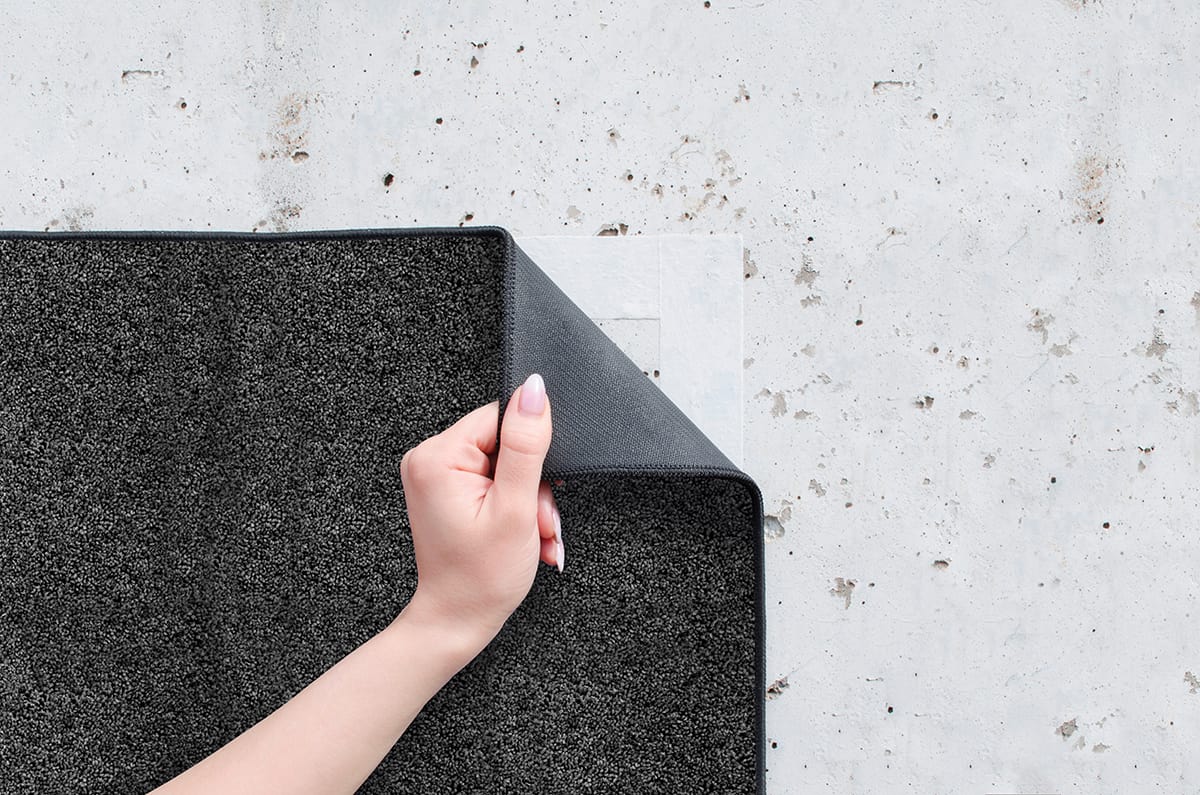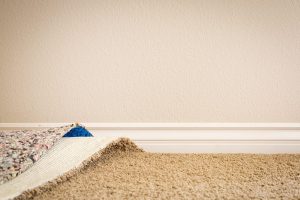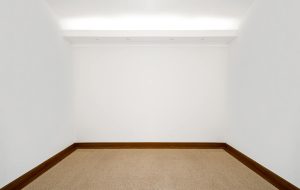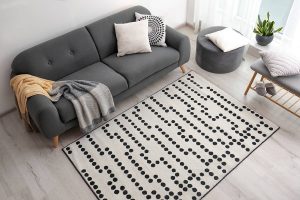Fitting a new carpet by yourself can save a lot of money on installation fees, and if you’re fairly handy at DIY jobs, then it’s likely you’ll be able to complete a carpet installation project without too much hassle.
When installing a carpet for the first time, there are some questions you are going to want to find answers to, including which is the best way to adhere the carpet to the floor?
There are several options available to you, including stapling the carpet to the floor beneath. Here we will look at the size of staples you will need when installing the carpet, along with other ways you can secure the carpet in place.
What Are Staple Sizes For Installing Carpet?
The size of the staples is important when installing carpet because they need to be strong enough and long enough to go all the way through a layer of carpet, a layer of carpet padding, and securely into the subfloor beneath, which is typically made from a kind of wood.
The minimum size of a staple for installing carpet is half an inch, but staples that are bigger than this can also be used, with 9/16-inch staples also being a popular size.
If you are installing a particularly thick carpet with a luxurious deep foam padding, then a larger size staple will be a better choice. Always ensure that the size of your staples is compatible with your staple tool.
Stapling your carpet to the floor is a good method for securing the carpet in place because it is instant and very strong. The staples grip through the carpet and into the floor below to create a fast bond between the two, ensuring that the carpet isn’t going to lift up around the edges or slide around underfoot.
To staple your carpet to the floor, you are going to need some specialist tools, along with the right kind of staples. A regular staple gun is not going to work on carpet because the staples used in these are not big enough to go through a layer of carpet, padding and into the floor below.
They also don’t have enough power and would make the task of installing a carpet very laborious and time-consuming. Instead, it is best to use a heavy-duty hammer tack along with an electric stapler, though you could get by with just a hammer tack.
A hammer tack is shaped like a hammer, but it has a stapling mechanism on the inside. You use it exactly as you would a hammer, swinging the handle to hit the floor with force, at which point the head of the tool will release a staple that inserts itself into the floor with a tight grip.
A hammer tack is the tool of choice for stapling carpets around the edge of a room because it is smaller and easier to maneuver compared to an electric stapler.
Oftentimes the electric stapler will be too awkward to fit around the edge of the room, meaning your staples can get close enough to the wall.
However, if you are installing seams, then an electric stapler is a very efficient and effective tool, which will enable you to move at great speed and experience precise results.
If you only have a hammer tack, then you could also use this to secure seams in place. It will simply take a little longer.
Other Carpet Installation Methods
Double-sided tape
Double-sided tape, which is designed for use with carpets, is a good way to install carpets if you want to avoid using specialist tools such as hammer tacks and electric staplers.
To install a carpet using double-sided tape, you should remove all of the furniture from a room and then lay your carpet out in the space. You should cut the carpet down to the size of the room, leaving around 3 inches extra on every edge.
Now roll the carpet back up, and peel the back off the double-sided tape so that one side of it is sticky, and lay this down all around the edge of the room. You should aim to have this stuck to the floor about 2 inches from the wall.
Once this is complete, lay your carpet back down on the floor over the top of the tape, which has not yet been peeled back to reveal the upper sticky surface.
Now push the carpet into the crevice between the wall and the floor with a putty knife so that a crease is made, and pull it back out again. This is the line you should cut along with sharp scissors, or if you have a sharp utility knife, you can cut along the crease while it is angled into the corner of the wall.
Once the carpet is cut, pull it up to reveal the tape and peel back the backing so that the tape is sticky. Lay the carpet back down gently, pressing it against the double-sided tape to secure it.
Multi-purpose adhesive
You can use multi-purpose adhesive instead of double-sided tape or staples, though this option can be messier. Lay the carpet down on the floor and cut it to size with a few inches overhang on each edge. Pull half of the carpet up and apply adhesive to the subfloor, allowing enough time for it to get tacky before laying the carpet back down.
Repeat this process on the opposite side of the room with the other half of the carpet. When using adhesive, you should not place heavy furniture on the carpet for at least 24 hours or until the adhesive has fully set, because this can result in permanent dips in your carpet where the weight of the furniture has secured the carpet too tightly to a particular bit of the floor.
If you want to be able to move furniture back into the room immediately, staples or double-sided tape is a better option.
